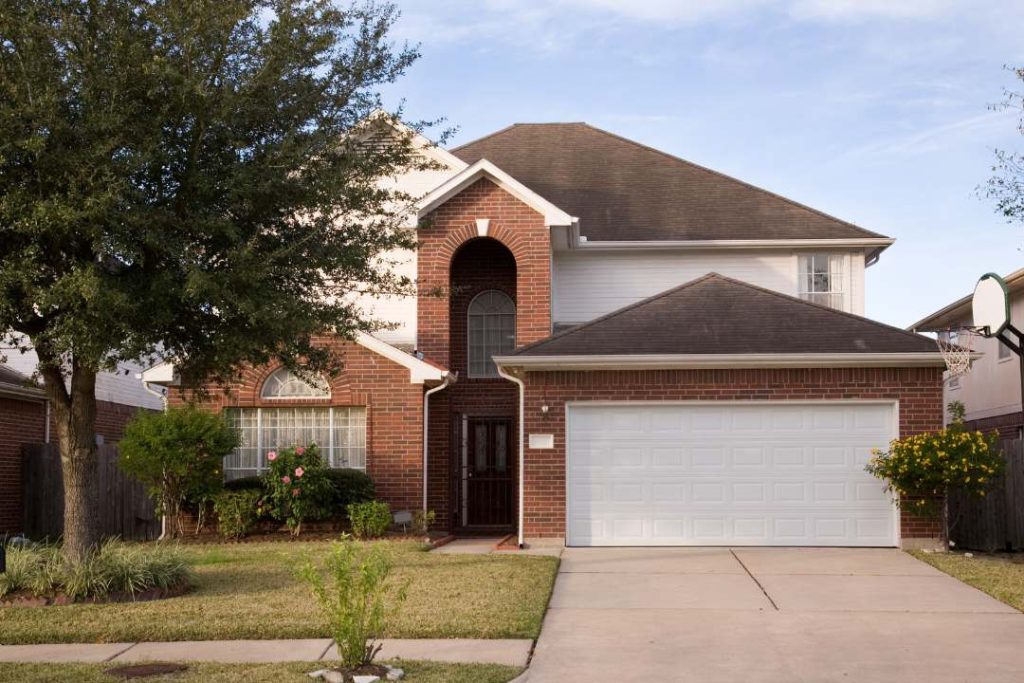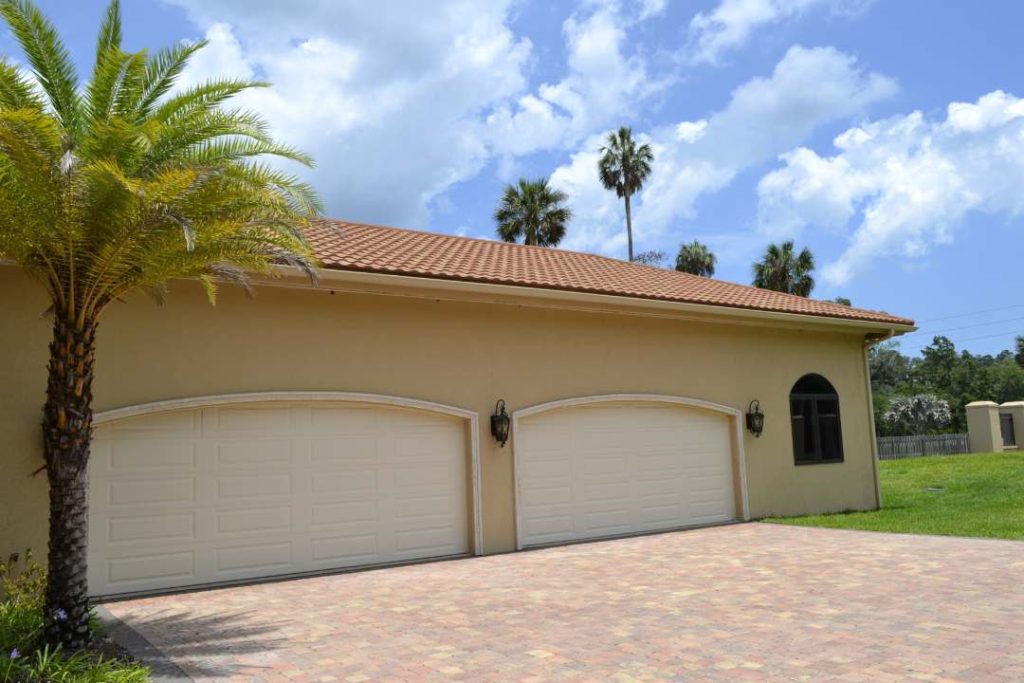
Living in Scottsdale, Arizona, means enjoying sunny skies and a vibrant lifestyle, but the intense desert heat and dust can take a toll on your home’s components. One often-overlooked area is the garage door, which faces daily wear from temperature swings, sandstorms, and frequent use. If you’ve noticed unusual noises, slow operation, or complete failure, you’re not alone. Common garage door problems in Scottsdale homes affect thousands of residents each year, leading to inconvenience, safety risks, and costly repairs if ignored.
In this guide, we’ll explore the most frequent issues homeowners encounter, explain why they happen in our unique climate, and provide step-by-step solutions to fix them. Whether it’s a squeaky door disrupting your morning routine or a stuck opener during a busy evening, addressing these problems promptly can extend your garage door’s lifespan and save you money. As a Scottsdale homeowner, understanding these challenges empowers you to maintain a secure and functional garage. Let’s dive into the top issues and how to resolve them.
Why Garage Doors Fail More Often in Scottsdale
Scottsdale’s environment plays a significant role in garage door wear. With temperatures soaring above 100°F in summer and dropping to freezing in winter, materials expand and contract, stressing hinges, springs, and tracks. Dust and grit from monsoon winds infiltrate moving parts, accelerating rust and misalignment. Poor maintenance exacerbates these factors, turning minor glitches into major headaches.
Statistics from home service experts show that garage door repairs in Arizona spike by 30% during peak heat seasons, often due to heat-related binding or electrical failures. By recognizing early signs—like grinding sounds or uneven closing—you can prevent escalation. Now, let’s break down the most common garage door problems in Scottsdale and practical fixes.
Problem 1: Noisy Garage Door Operation
One of the first signs of trouble is noise. A well-maintained garage door should operate quietly, but if yours is rattling, squeaking, or grinding, it’s a red flag. In Scottsdale’s dusty conditions, debris buildup on rollers and tracks is a primary culprit, causing friction and vibration.
Causes in Scottsdale Homes
-
Dust and Debris Accumulation: Fine sand from haboobs clogs the system, leading to uneven movement.
-
Loose Hardware: Heat expansion loosens bolts and nuts over time.
-
Worn Rollers or Hinges: Plastic or nylon rollers degrade faster in extreme heat, producing squeaks.
How to Fix a Noisy Garage Door
Start with a simple inspection. Disconnect the door from the opener by pulling the release cord, then manually lift it. If it feels heavy or binds, the issue lies in the mechanics.
-
Clean the Tracks and Rollers: Use a soft cloth and mild soapy water to wipe down the tracks. Avoid harsh chemicals that could damage powder-coated finishes common in Scottsdale homes. For rollers, apply a silicone-based lubricant (not WD-40, which attracts dust) to reduce friction. This quick fix often silences minor squeaks.
-
Tighten Hardware: Check all bolts, nuts, and screws on hinges, brackets, and the opener. Use a wrench to snug them without over-tightening, which could strip threads. In our climate, inspect quarterly to counter expansion effects.
-
Replace Worn Parts: If noise persists, inspect rollers for cracks or flat spots. Scottsdale’s heat can warp them, so opt for nylon or steel-reinforced replacements designed for high temperatures. Hinges might need lubrication or swapping if bent.
For safety, wear gloves and eye protection during DIY efforts. If the door is off-balance or over 7 feet tall, call a professional to avoid injury from sudden drops. Regular lubrication every six months prevents recurrence, keeping your garage door quiet and smooth.
Problem 2: Garage Door Won’t Open or Close Properly
Nothing is more frustrating than arriving home to a garage door that refuses to budge. This issue affects Scottsdale residents frequently, especially after power surges from summer storms or sensor misalignment from dusty buildup.
Causes in Scottsdale Homes
-
Misaligned Sensors: Bottom-mounted safety eyes get knocked out of line by debris or accidental bumps.
-
Broken Springs: Torsion or extension springs bear the door’s weight; Scottsdale’s dry air causes metal fatigue, leading to snaps.
-
Track Issues: Bent or obstructed tracks from wind-blown objects prevent smooth travel.
How to Fix a Stuck Garage Door
First, test the manual operation. If the door moves freely by hand but not with the opener, the problem is electrical or sensor-related.
-
Check and Realign Sensors: Located near the floor, these infrared beams detect obstacles. Clean lenses with a soft cloth and ensure they’re facing each other (lights should be steady green or amber). Adjust brackets if needed, aiming for a 6-inch height. In dusty Scottsdale, wipe them monthly.
-
Inspect Tracks for Obstructions: Run your hand along the vertical and horizontal tracks for dents or blockages. Straighten minor bends with pliers, but replace severely damaged sections. Vacuum out any sand or leaves.
-
Spring Replacement (Professional Recommended): Springs are under high tension and can cause severe injury if mishandled. Signs include a loud bang or one side sagging. DIY is not advised; hire a technician with winding bars for safe extension or torsion spring swaps. In Arizona, expect costs of $200–$400, but it’s essential for balance.
If the opener motor strains or hums without movement, it might be a worn gear or capacitor—common in heat-exposed units. Reset the opener by unplugging it for 30 seconds, then test. For persistent issues, consult an expert to diagnose wiring faults from power fluctuations.
Preventing this problem involves annual inspections, especially before monsoon season, to catch wear early.
Problem 3: Remote Control or Opener Malfunctions
Scottsdale’s smart homes often rely on garage door openers for convenience, but remotes failing or the opener reversing mid-operation disrupts daily life. Heat can warp circuit boards, while interference from nearby Wi-Fi affects signals.
Causes in Scottsdale Homes
-
Battery or Signal Issues: Dead batteries or range loss from metal garage interference.
-
Limit Switch Problems: These control open/close positions; dust clogs them, causing reversals.
-
Overheating Opener: Units in uninsulated garages overheat in 110°F summers, triggering safety shutoffs.
How to Fix Opener Issues
Begin with basics before diving deeper.
-
Replace Batteries and Reprogram Remote: Swap in fresh alkaline batteries (CR2032 common). To reprogram, press the learn button on the opener (usually red LED flashes), then hold the remote button until it syncs. Test from various distances; Scottsdale’s open spaces shouldn’t limit range beyond 30 feet.
-
Adjust Limit Switches: Located on the opener’s back, these dials set travel limits. Turn them slightly with a screwdriver to fine-tune—clockwise for closing, counterclockwise for opening. Consult your model’s manual for specifics.
-
Cool Down and Insulate: If overheating, add ventilation or insulation panels to the garage door. Modern openers with battery backups prevent storm-related failures. For reversals, check the force adjustment dial; set it low to avoid crushing hazards.
If the wall button works but remotes don’t, interference from LED lights or security systems might be the issue—relocate or shield them. Upgrading to a Wi-Fi-enabled opener like Chamberlain’s MyQ series offers app control and diagnostics, ideal for tech-savvy Scottsdale families.
Problem 4: Weatherstripping and Seal Failures
Scottsdale’s extreme weather—scorching days and chilly nights—degrades seals quickly, allowing dust, heat, and pests inside. Cracked weatherstripping leads to energy loss, as garages connect to living spaces.
Causes in Scottsdale Homes
-
UV and Heat Damage: Rubber seals harden and crack under constant sun exposure.
-
Improper Installation: Gaps from settling foundations in clay-heavy soil.
-
Pest Intrusion: Seals fail, inviting scorpions or rodents common in the desert.
How to Fix Seals and Weatherstripping
Visual inspection reveals cracks or gaps; touch for air leaks.
-
Clean and Inspect Seals: Remove old stripping with a putty knife. Clean the door edge with soapy water to ensure adhesion.
-
Install New Weatherstripping: Choose EPDM rubber for UV resistance, cut to length, and attach with adhesive or nails. For bottoms, use a U-shaped vinyl seal that sweeps the floor. In Scottsdale, opt for heat-resistant kits from brands like Frost King.
-
Seal Gaps Around the Frame: Apply caulk to frame edges and add threshold seals to the floor. This blocks dust and improves insulation, potentially lowering AC costs by 10–15%.
Replace seals every 2–3 years in our climate. For insulated doors, check foam cores for compression, which reduces R-value.
Problem 5: Broken Rollers or Cables
Rollers guide the door, while cables lift it. In Scottsdale, cables fray from sand abrasion, and rollers seize from lack of lube.
Causes in Scottsdale Homes
-
Abrasion and Wear: Grit grinds cables; heat expands rollers, causing binding.
-
Overloading: Heavy storage on shelves strains the system.
How to Fix Rollers and Cables
Manual lift tests balance; sagging indicates cable slip.
-
Lubricate Rollers: Apply lithium grease to bearings. Replace if wheels wobble—steel for durability in heat.
-
Cable Replacement: This requires opener disconnection and professional tools. Wind new cables evenly; mismatched lengths cause imbalance. Costs run $150–$300.
Inspect annually; balanced doors last 10–15 years longer.
Prevention Tips for Scottsdale Garage Doors
To avoid these common garage door problems in Scottsdale, adopt a maintenance routine:
-
Monthly Checks: Lubricate moving parts and clean tracks.
-
Seasonal Inspections: Before summer, test for heat stress; post-monsoon, clear debris.
-
Professional Tune-Ups: Annual service by certified techs ensures safety compliance.
-
Upgrade Choices: Insulated steel doors with wind-rated features suit our weather.
Investing in quality parts and habits pays off—preventive care cuts repair bills by 50%.
Conclusion: Keep Your Scottsdale Garage Running Smoothly
Garage door issues don’t have to derail your Scottsdale lifestyle. By tackling common problems like noise, sticking, or seal failures head-on with these DIY fixes and preventive steps, you safeguard your home’s security and efficiency. Remember, while minor repairs are manageable, complex tasks like spring or cable work demand expert hands to prevent accidents.
For reliable, local solutions tailored to Scottsdale’s challenges, trust High Grade Garage Doors. With years of experience serving the area, our team at High Grade Garage Doors handles everything from diagnostics to installations. Call us today at (602) 837-1888 for a free consultation and get your garage door back in top shape—fast, affordable, and hassle-free.


